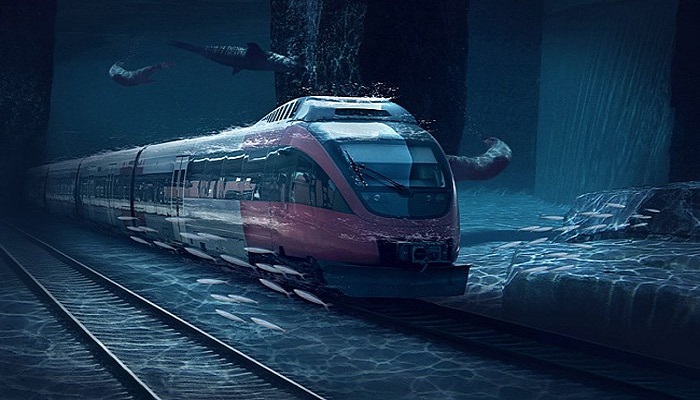
Kolkata will soon have an underwater Metro which will pass through tunnels several feet under the Hooghly. The first underwater transportation tunnel of India is ready with the second one nearing completion.
The Kolkata Metro transportation tunnel is unique to India because never before in the history of the country has a tunnel been made under a flowing river.
The tunnel has been constructed 30 metres below riverbed, just a few metres away from the famous Howrah Bridge, built in the last century to connect Howrah and Kolkata.
There aren’t even roads that are under a river in India making the Kolkata Metro tunnel a complete technology marvel which will see trains will chugging through it every two and a half minutes.
“It will be connecting two main terminals: Howrah and Sealdah – each of which has a footfall of about 10-12 lakh passengers per day. These type of tunnel-boring machines, which we call ‘earth pressure balancing tunnel boring machines’, have been used for the first time in Eastern India,” said Satish Kumar, Managing Director of Kolkata Metro Rail Corporation Ltd.
Another interesting point is that more than 10 lakh tonne of mud has been dug out for the construction of this tunnel. The tunnel-boring machines were used for the first time in eastern India.
The entire 16.6-kilometre stretch of the first tunnel is ready. The second tunnel is yet to be completed. Of the entire length, 10.8 kms is underground and around one kilometre is underwater.
“For tunnelling below the river, the water tightness, waterproofing, and the design of gaskets were the major challenges, because the tunnel is being constructed for a service of 120 years, so we cannot afford any water leakage during service,” said Kumar.
Tunnelling cannot be done for long hence the homework was done for almost an year and then the machines and equipment shifted to the location for final implementation and execution of the plan. The material used gives it immunity to survive quakes in seismic zone 3, in which Kolkata falls.
The use of the standard gauge makes it a unique one. It is the latest technology that has been utilised to ensure that the tracks have sharp curves, keeping in mind that this tunnel passes under a lot of heritage buildings.
The heritage buildings had to be protected, and the work was not supposed to stop even for a day in these buildings.
Puja Shukla, a local resident said, “I think it’s a good thing which is happening, because the Metro is the cheapest and the fastest form of transport, used by a large number of people which will also hopefully ease traffic on the surface. This will be very beneficial in connecting people from all over Kolkata.”

Post Your Comments